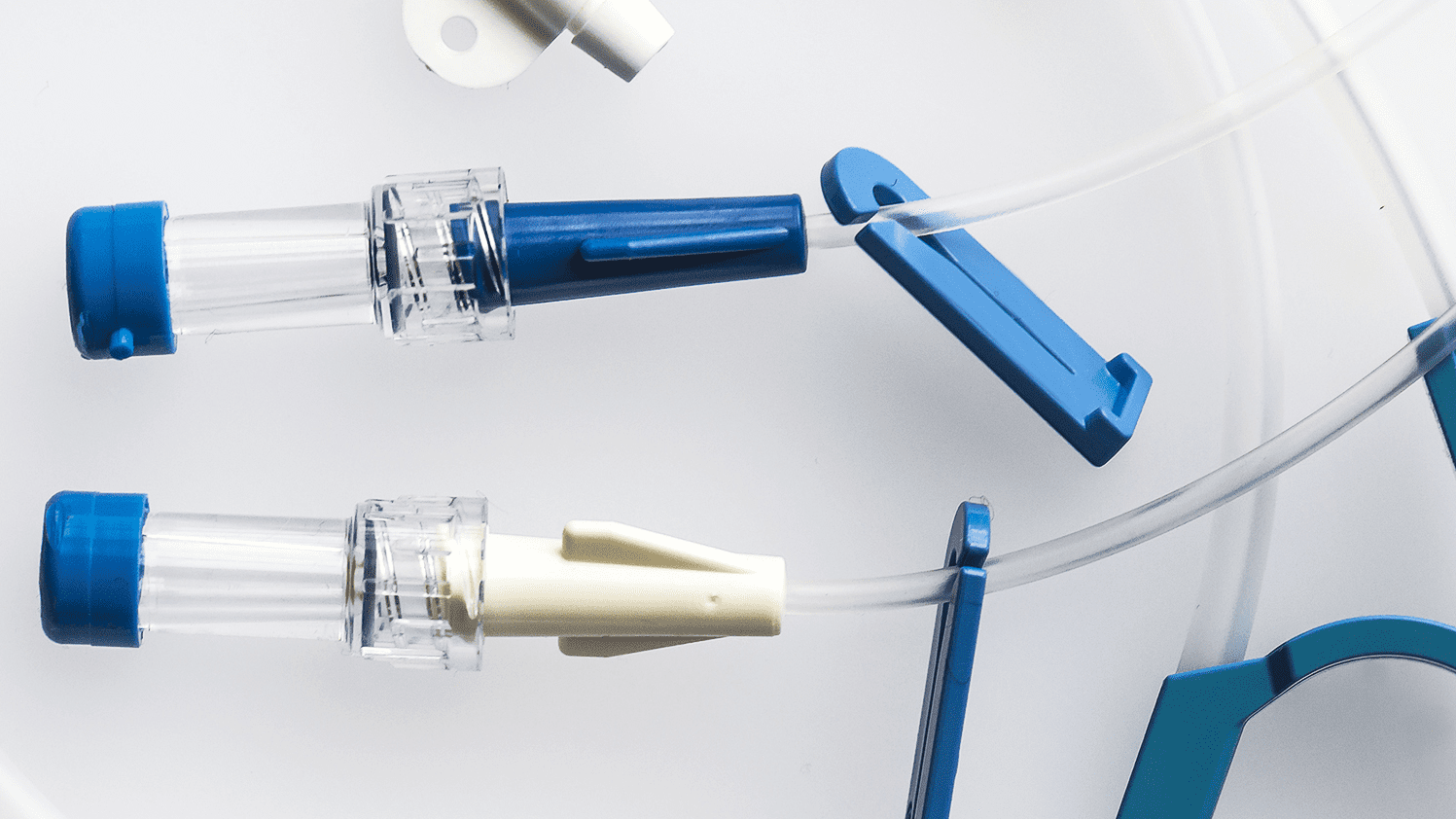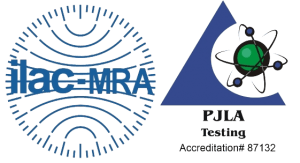Catheter Testing
BDC Laboratories provides complete solutions for the testing and evaluation of all types of catheters. Our experience includes testing: CVC catheters (central venous catheters), PICC catheters (peripherally inserted central catheters), PTCA catheters (percutaneous transluminal coronary angioplasty), DCB catheters (drug coated balloon catheters), dialysis catheters, guide catheters and delivery catheters. In addition to the catheter testing outlined in the ISO 10555 series, ASTM standards and FDA guidance documents, BDC’s capabilities also includes the associated luer lock connector performance testing outlined in ISO 80369, as listed below.
BDC Labs is capable of supporting all aspects of catheter evaluation as presented below, including developing the testing strategy, establishing protocols, validating methods, performing data analyses and providing regulatory quality final reports. Moreover, all test programs can be executed at a level consistent with the data’s application to optimize efficiency in time and cost, ranging from abbreviated early stage development studies to final, formal regulatory submission studies.


Dialysis Catheter Recirculation Testing
BDC Labs established a testing apparatus and methodology to quantify the percent of recirculation between the arterial and venous lumens of dialysis catheters with any tip designs. The recirculation test apparatus can accommodate the catheter deployed within a transparent silicone model including the right atrium, SVC and IVC or a simplified rigid model. A glycerin-water solution to simulate the viscosity of blood can be utilized and if requested, qualitative flow visualization can be performed to highlight the fluid dynamics at the tip of the catheter during the test conditions.
Move Forward with BDC
ISO Standards
ISO 10555-1, 10555-2, 10555-3,
10555-4, 10555-5, 10555-6
- Surface Inspection
- Corrosion Resistance
- Peak Tensile Force
- Freedom from Leakage – Liquid Leakage
- Freedom from Leakage – Air Aspiration
- Hubs
- Flowrate
- Power Injection
- Catheter Burst Pressure
- Balloon Rated Burst Pressure
- Balloon Fatigue
- Balloon Deflation Time
- Balloon Diameter to Inflation Pressure
- Flushing Volume
- Needle Point
- Needle Hub
- Strength of Needle Union & Needle Tube
- Needle Penetration & Withdrawal Force
- Magnetic Resonance Imaging (MRI) Compatibility
ISO 80369-7, 80369-20
- Leakage by Pressure Decay
- Positive Pressure Liquid Leakage
- Sub-Atmospheric Pressure Air Leakage
- Stress Cracking
- Resistance to Separation from Axial Load
- Resistance to Separation from Unscrewing
- Resistance to Overriding
- Disconnection by Unscrewing
- Modification to Generate Variable Data
ASTM Standards
- F3320: Standard Guide for Coating Characterization of Drug Coated Balloons
FDA Guidance
PTCA Catheters
- Dimensional Verification
- Balloon Preparation, Deployment & Retraction
- Balloon Rated Burst Pressure
- Balloon Fatigue
- Balloon Compliance (Diameter vs. Pressure)
- Balloon Inflation & Deflation Time
- Catheter Bond Strength
- Tip Pull Test
- Flexibility and Kink Test
- Torque Strength
- Coating Integrity
- Particulate Evaluation
- Catheter Body Burst Pressure
- Contrast Media Flow Rate
Hemodialysis Catheters
- Dimensional Verification
- Pressure versus Flow Rate
- Recirculation Rate
- Priming Volume
- Tensile Strength
- Air Leakage
- Liquid Leakage
- Repeated Clamping Extension Tubes